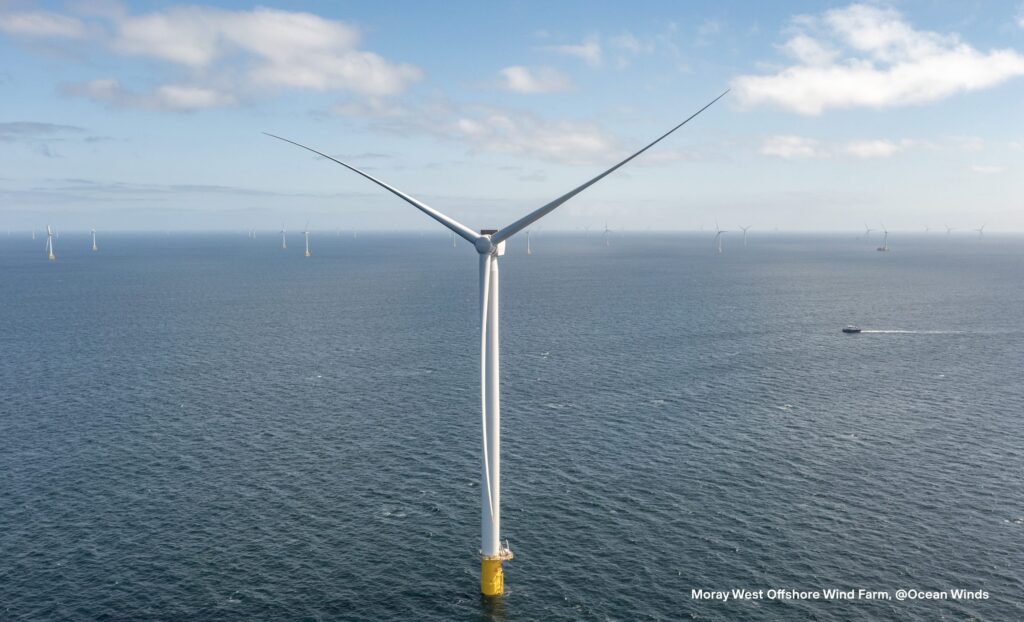Ocean Winds has submitted applications for offshore planning consent to the Scottish Government’s Marine Directorate for the 2 GW Caledonia offshore wind farm in Scotland, following three years of development.
Caledonia, located in the outer Moray Firth, received the site in 2022 as part of the ScotWind process by the Scottish government.
The wind farm will cover 423 square kilometres, in waters 40 to 100 metres deep.
The project plans include 140 wind turbines, each with a maximum capacity of 25 MW and a height of up to 355 metres.
The wind farm is expected to feature up to four offshore substations, with a total generation capacity of 2,000 MW, potentially delivered in two phases: Caledonia North and Caledonia South, each ranging from 900 MW to 1,100 MW.
Renewable energy would be transmitted via four offshore export cables, reaching land at Stake Ness on the Aberdeenshire coast.
Ocean Winds recently completed the Environmental Impact Assessment (EIA) and submitted an onshore application to Aberdeenshire Council.
“Our consent application marks a major milestone after three years of intensive research,” said Aleks Schmidt-Sweetingham, Offshore Consent Manager.
Caledonia will be Ocean Winds’ third development in the Moray Firth, joining Moray East and Moray West, which started delivering power in July 2023.
The 2 GW project is expected to be operational by 2030, doubling offshore wind generation in the Moray Firth, UK.
“Our site’s location allows us to use established fixed foundation technology,” said Mark Baxter, Caledonia Project Director. “There’s also potential for floating structures in the south, supporting Scotland’s floating offshore wind growth.”
Original Story at www.offshorewind.biz
